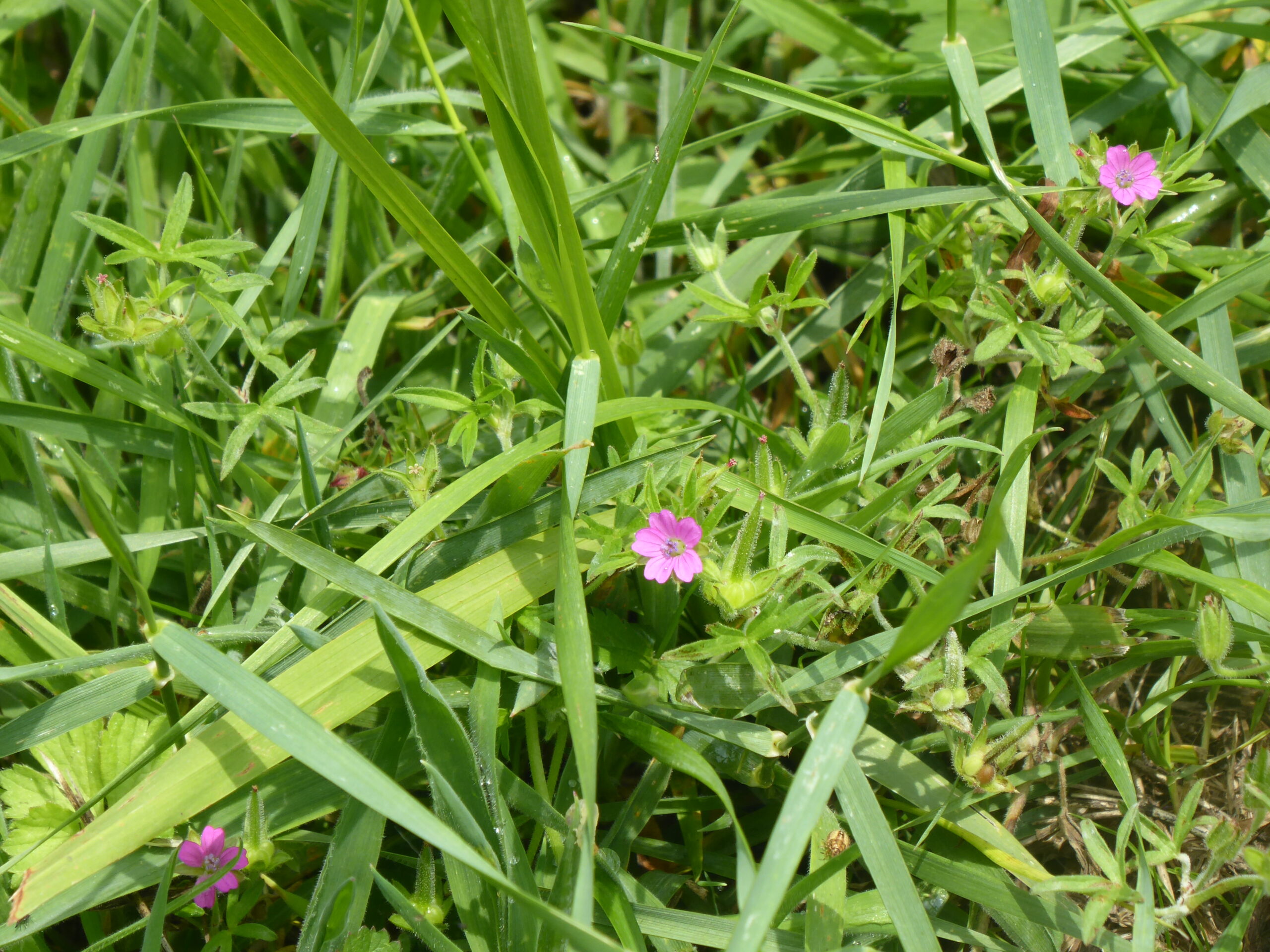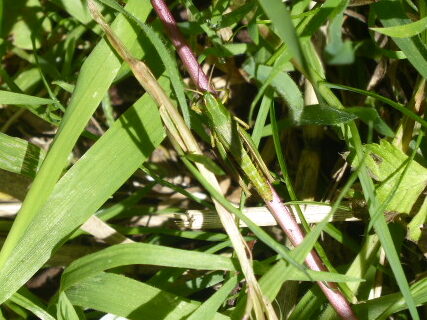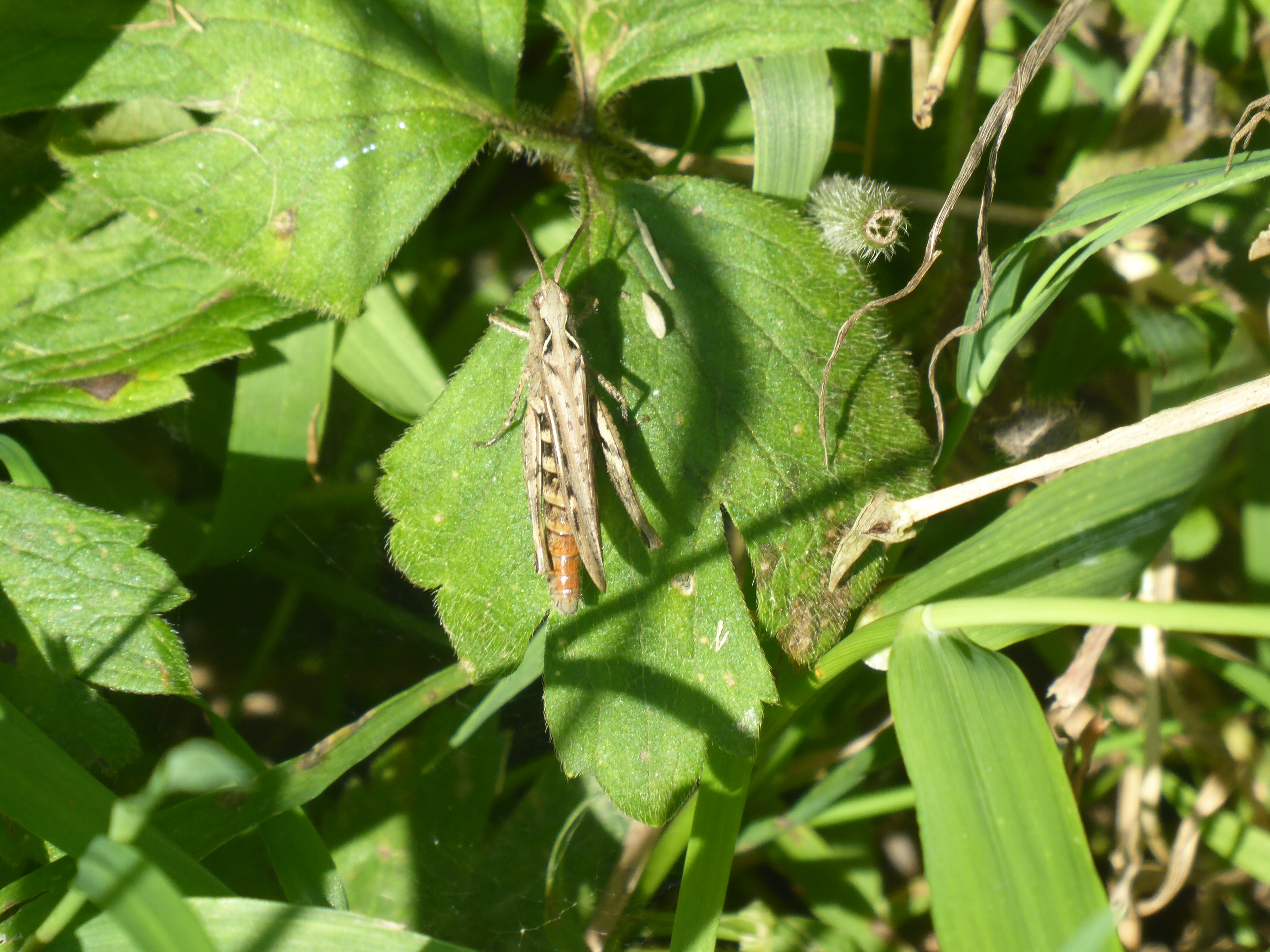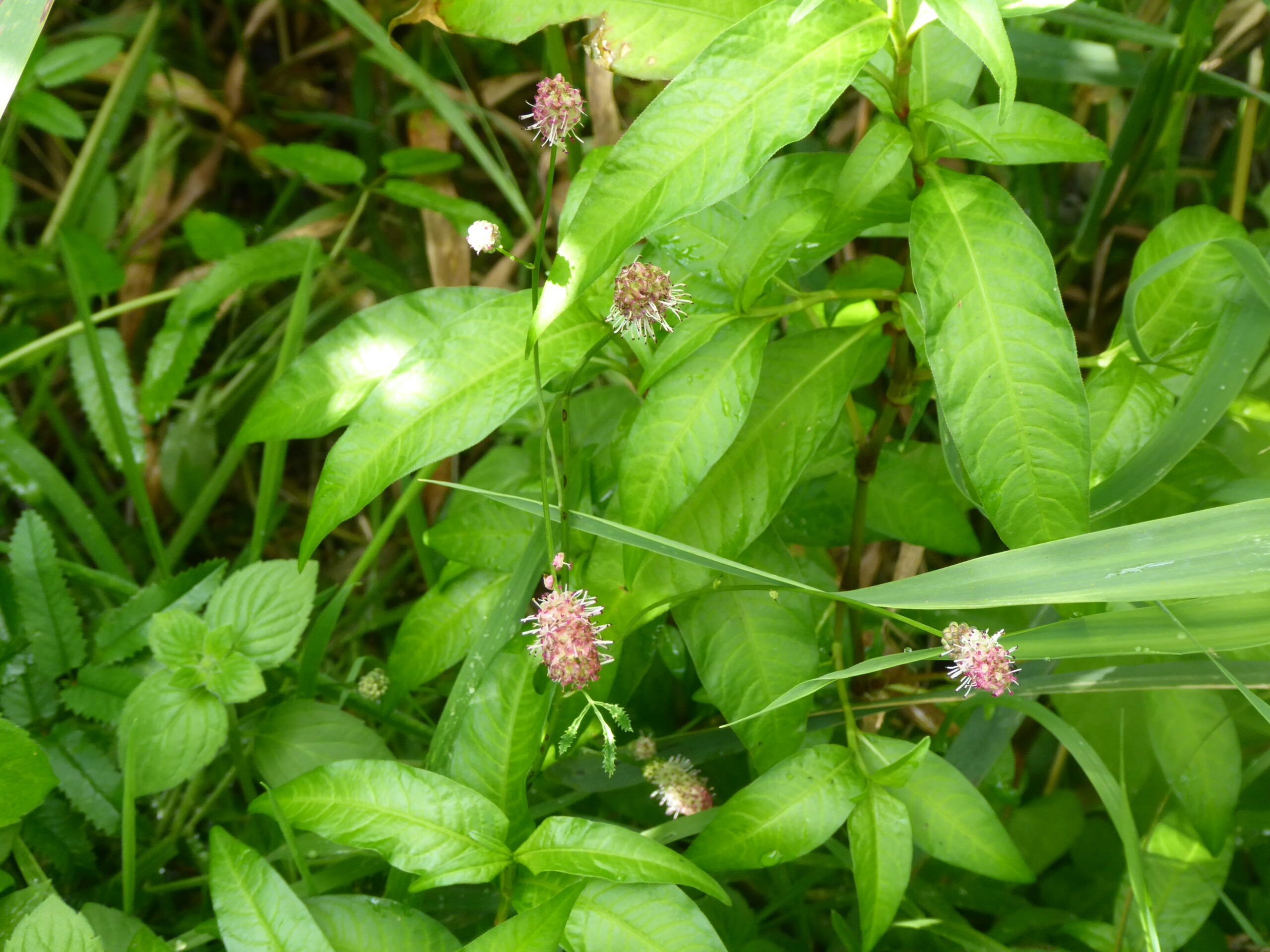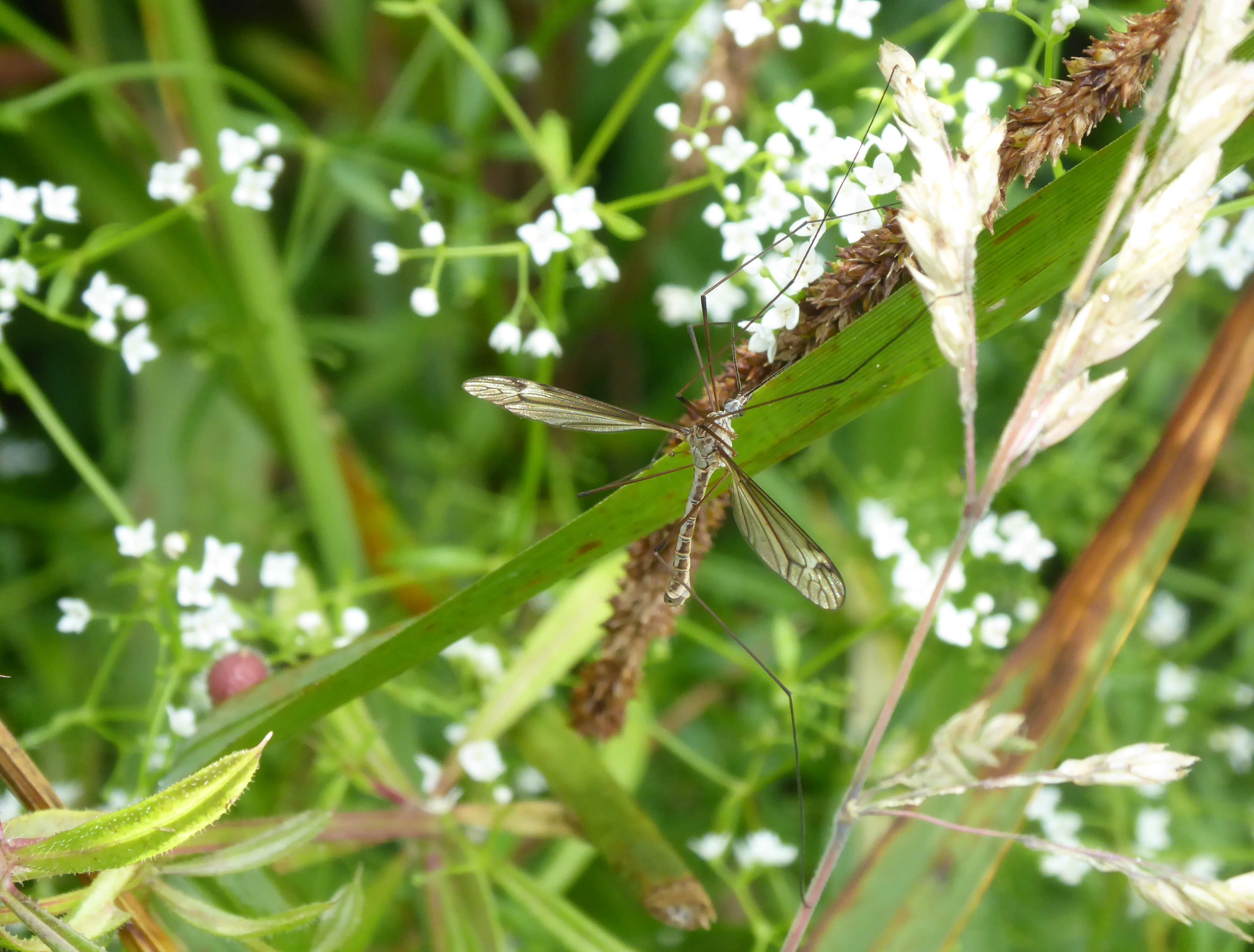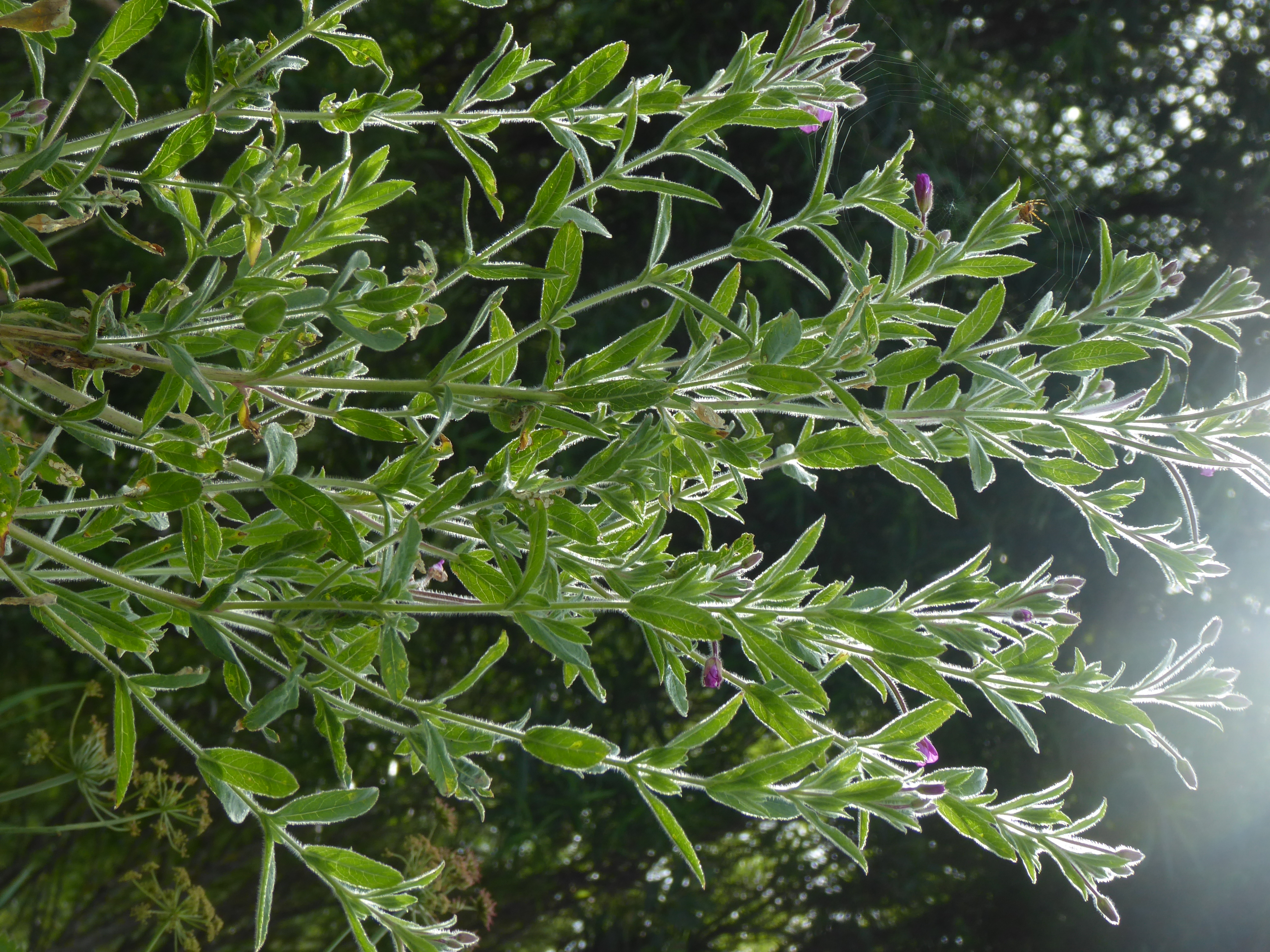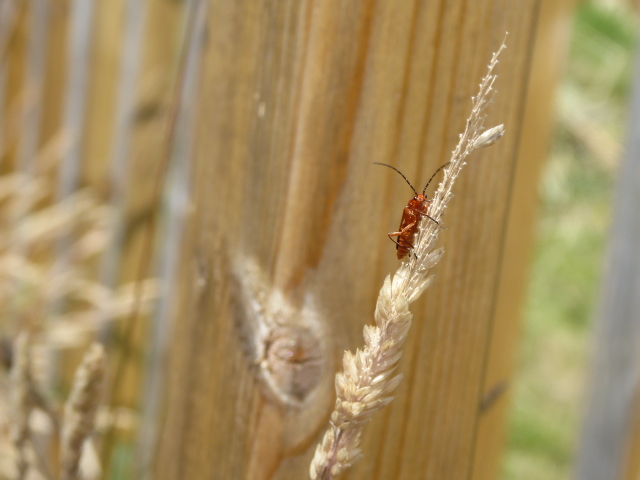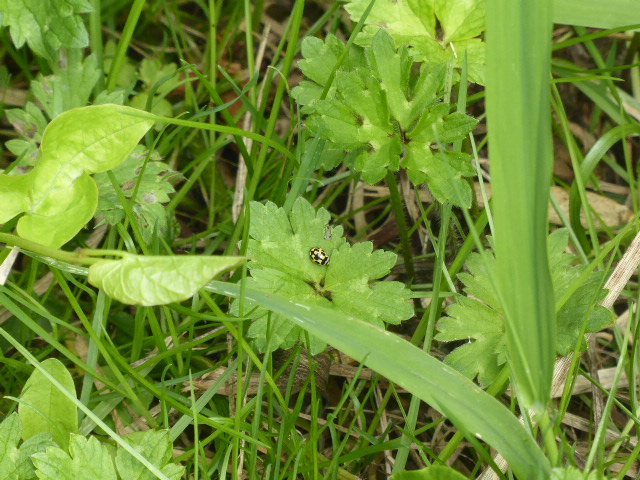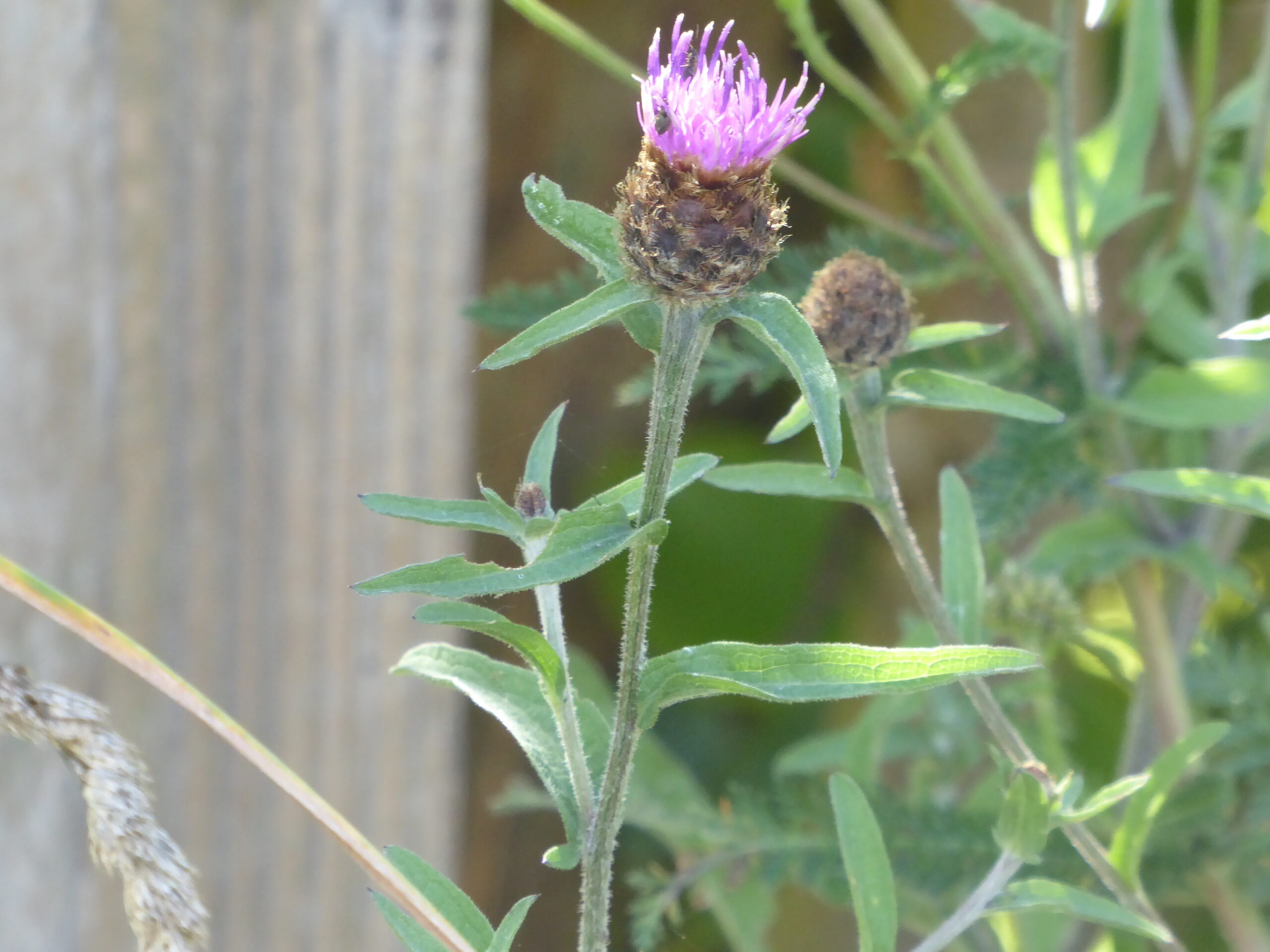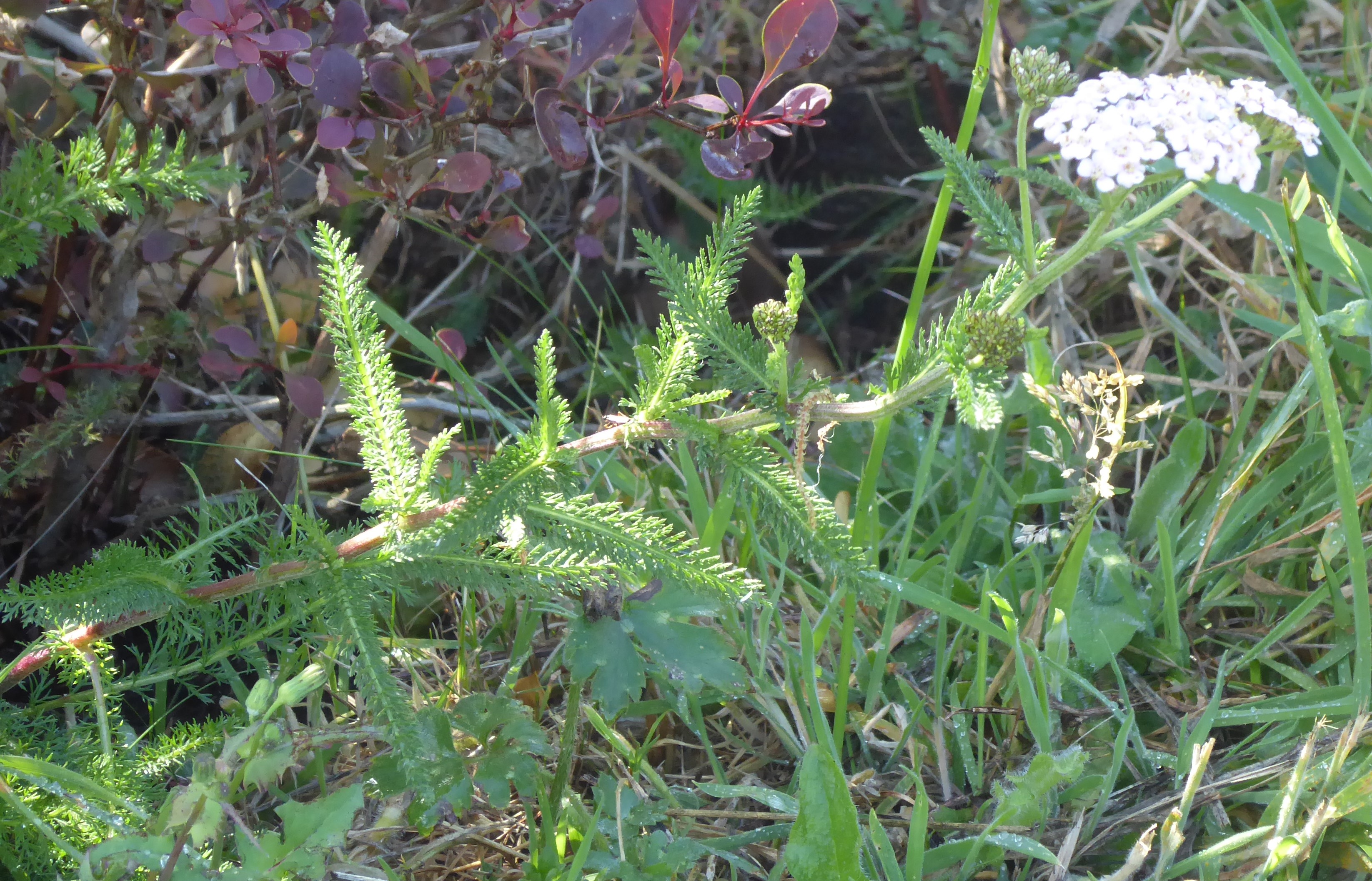Down in the stream, it’s a bit crowded this year. We usually clear an open path for the water, in case of any flash floods, but since finding the unconfirmed dead water vole, we have removed this job from our ‘to-do’ list for the time being. This is because they live in reed beds alongside water courses and eat grasses and herbs.
As a result the stream is now grown over with vegetation. Many are previously mentioned – Reed Canary Grass, Branched Burr-reed, and the odd Hemlock Water Dropwort. But there seems to be a new kid on the block.
Meet Wild Angelica. A robust clump with red celery-style stems and lush green leaves like a rose-bush growing in the stream. I was worried she was going to be a Hemlock variant and in a way, she is, being an Umbellifer with cow parsley style flowers.

However, the leaves are completely different – perfectly leaf-shaped, in pairs with a single leaf at the tip of each branch – and the hollow stem is crimson. Some of the HWD have red or red-mottled stems, but those ones tend also to have red-tinted leaves. However, here’s the thing, our Angelica is in a lot better shape than the HWDs, which have all keeled over by now. Her flowers are fairly feeble, but they are just coming into bloom. (I’m secretly hoping she will seize control of the valley from the army of toxic HWD, but it’s early days.)
In this picture, you can see how the Wild Angelica has taken over that part of the stream.
Also, you can see some of the white flowers.

Candied angelica used to be used as a cake decoration, but I’m not taking any chances with beginner’s foraging.
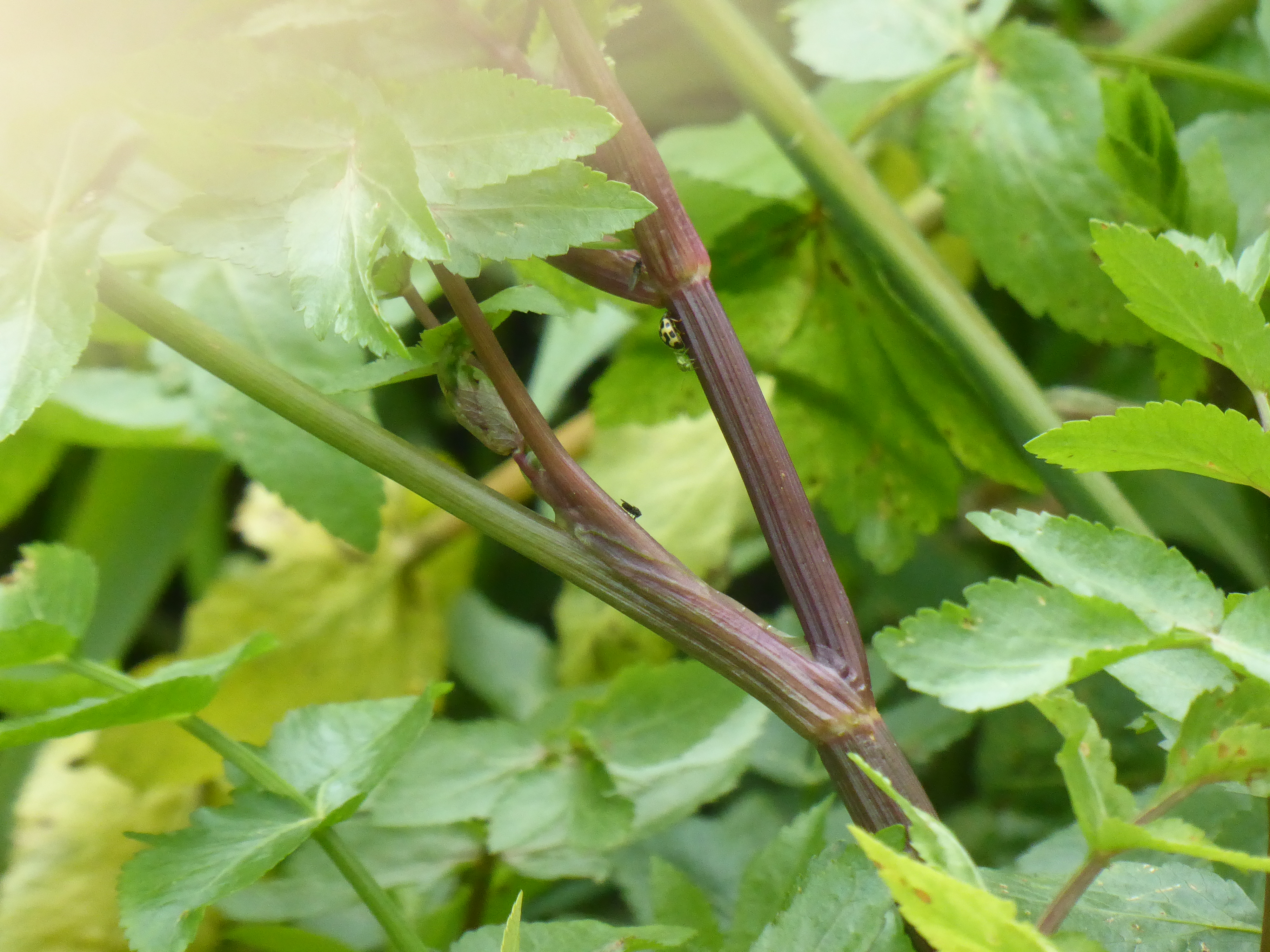
In this picture you can see another 14-spot ladybird with an aphid near the top of the right-hand branch.


